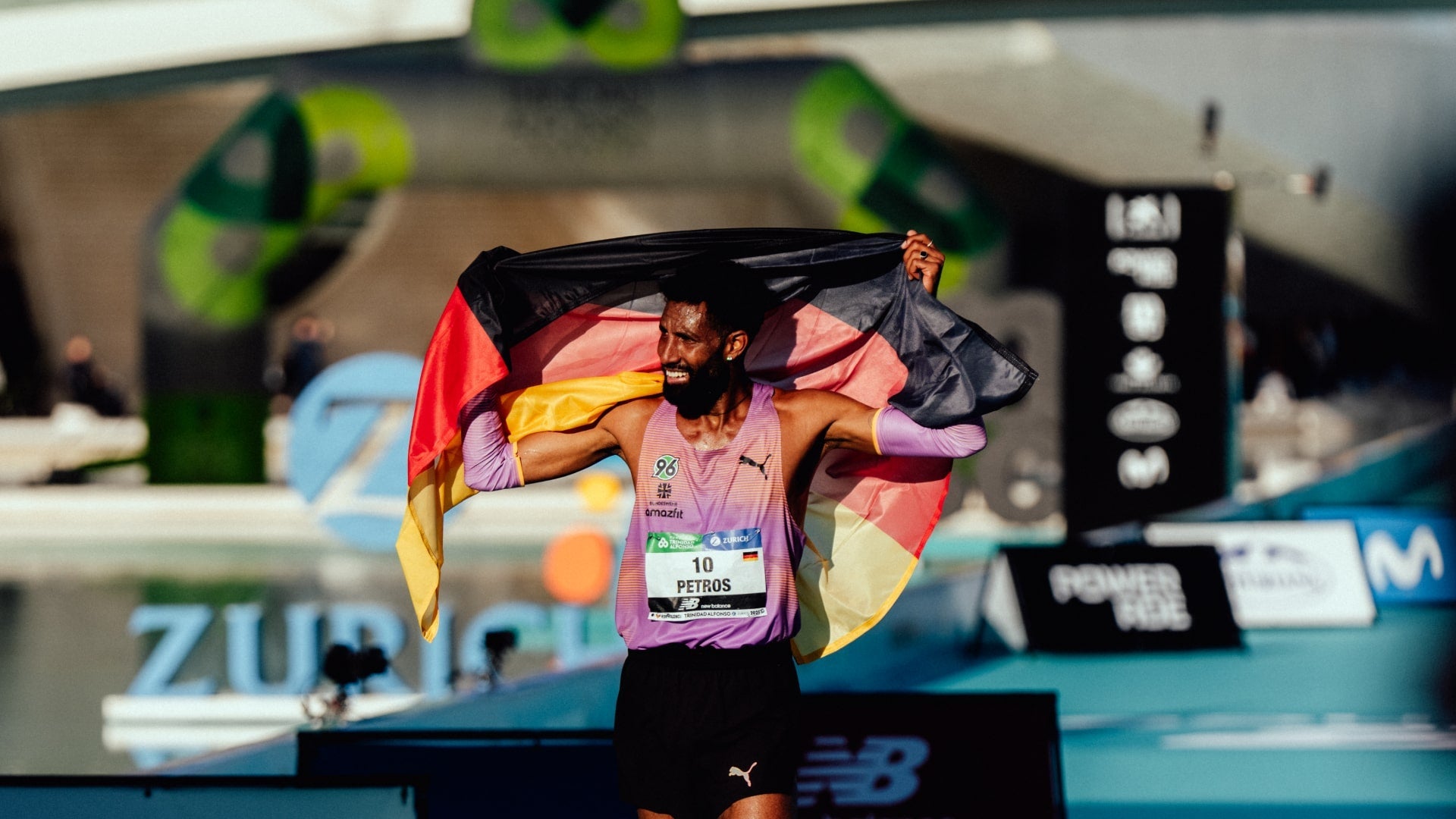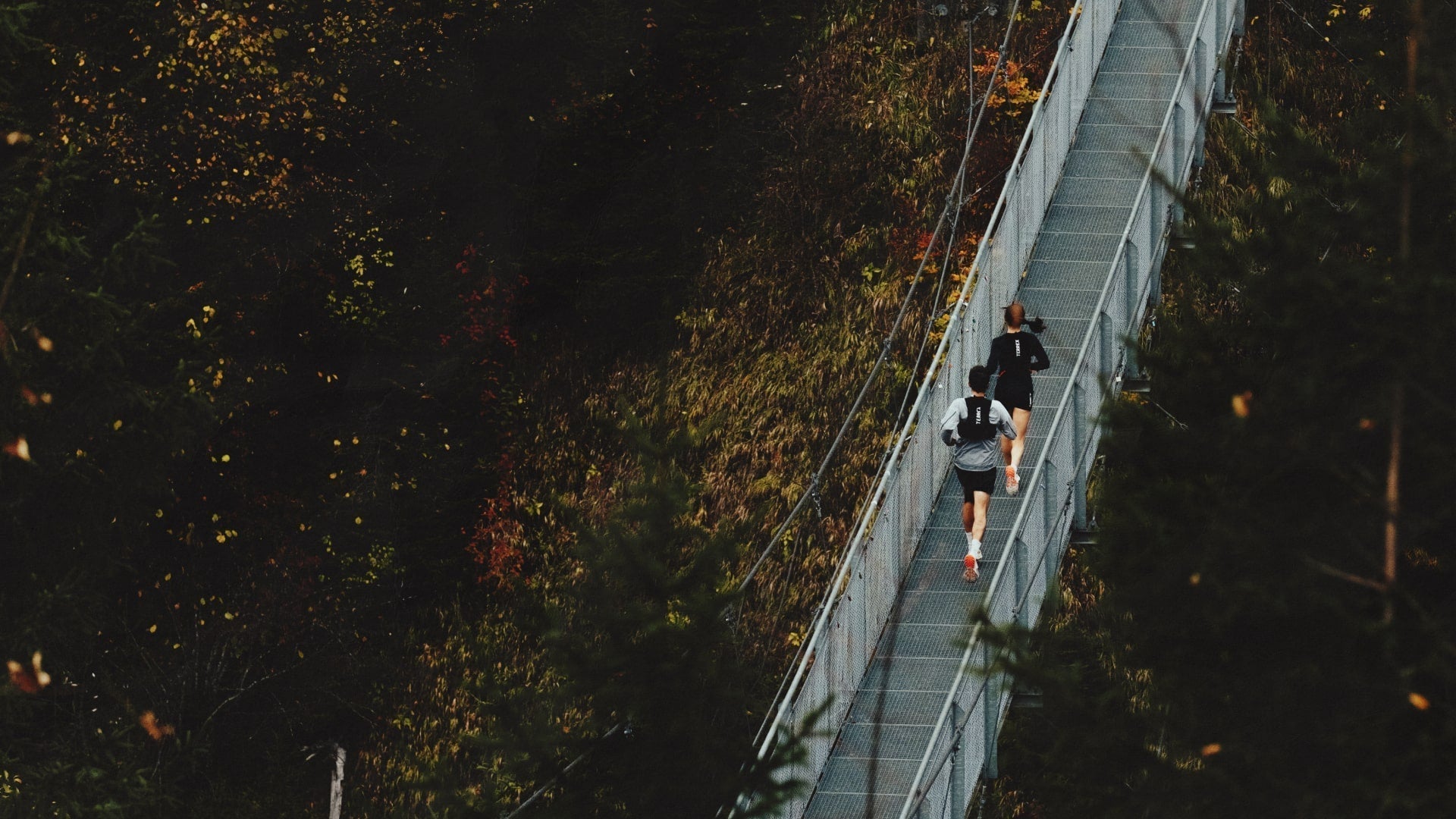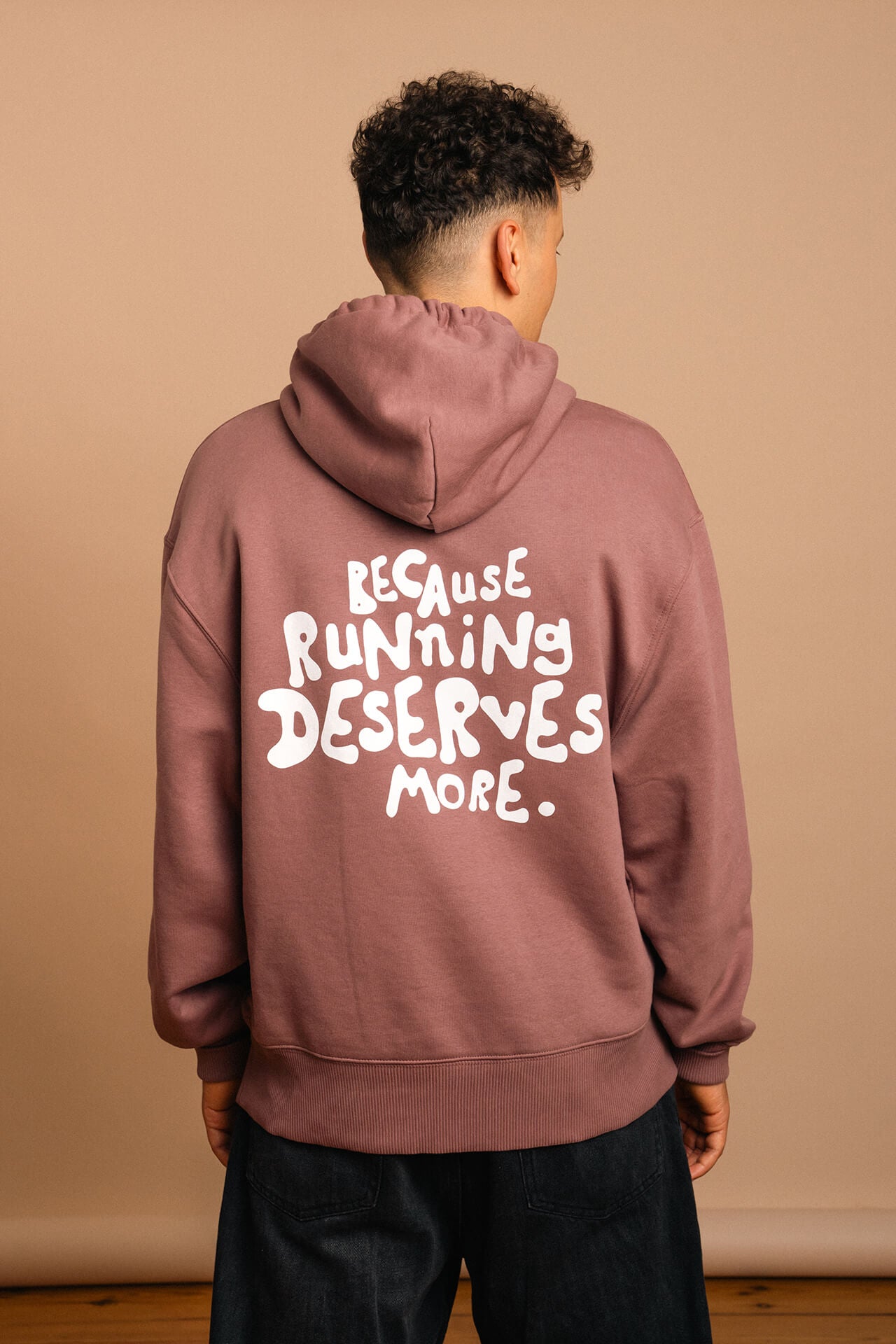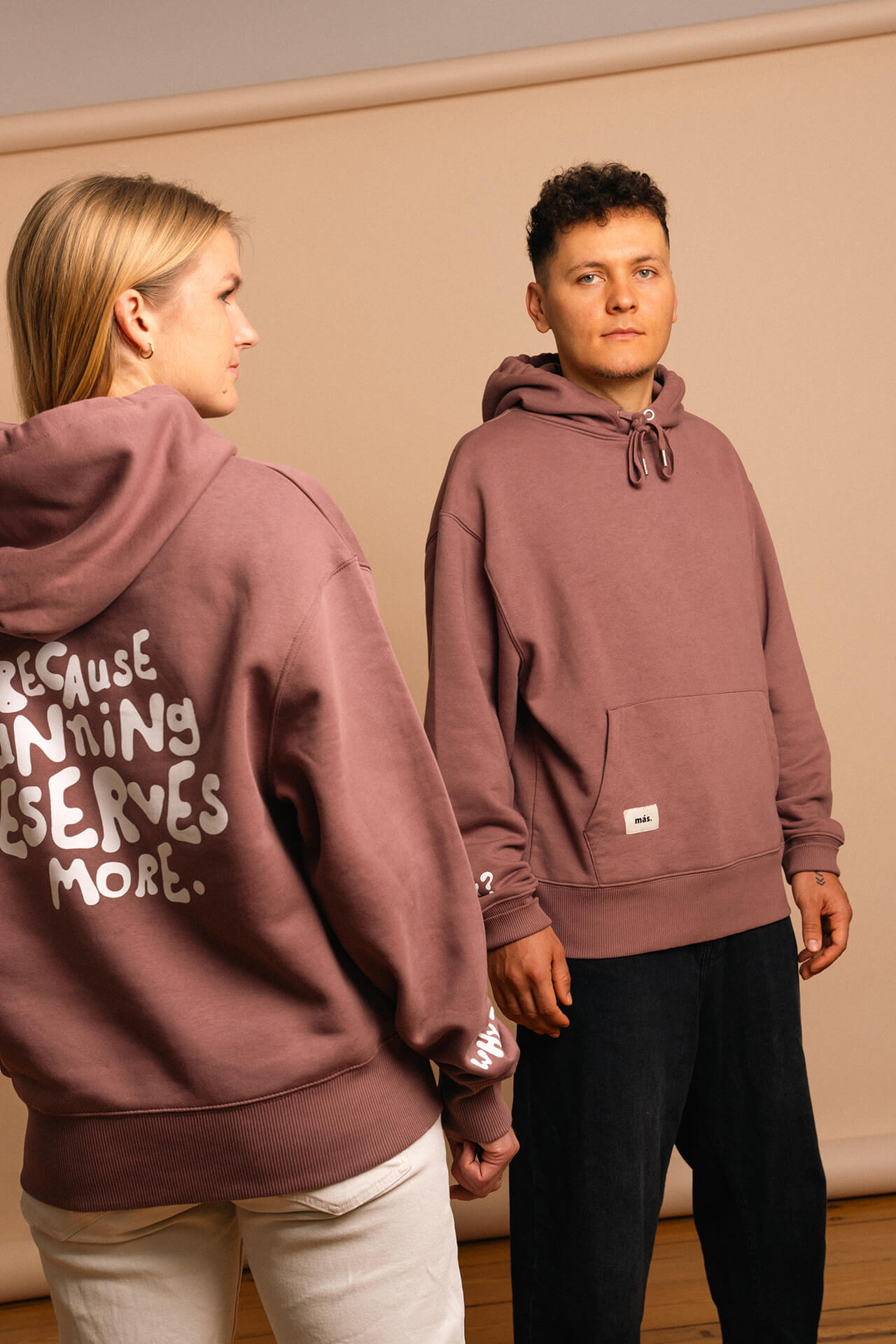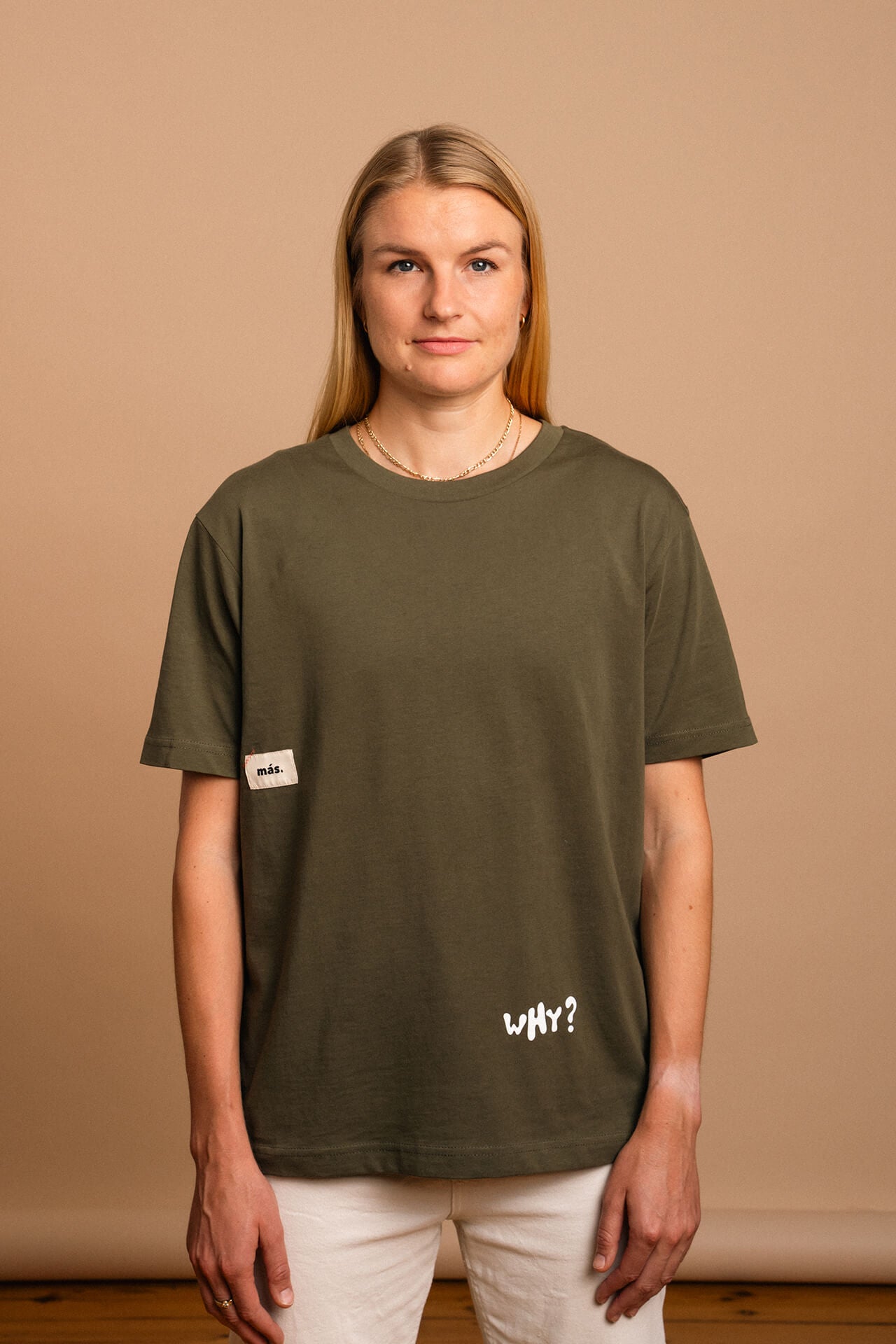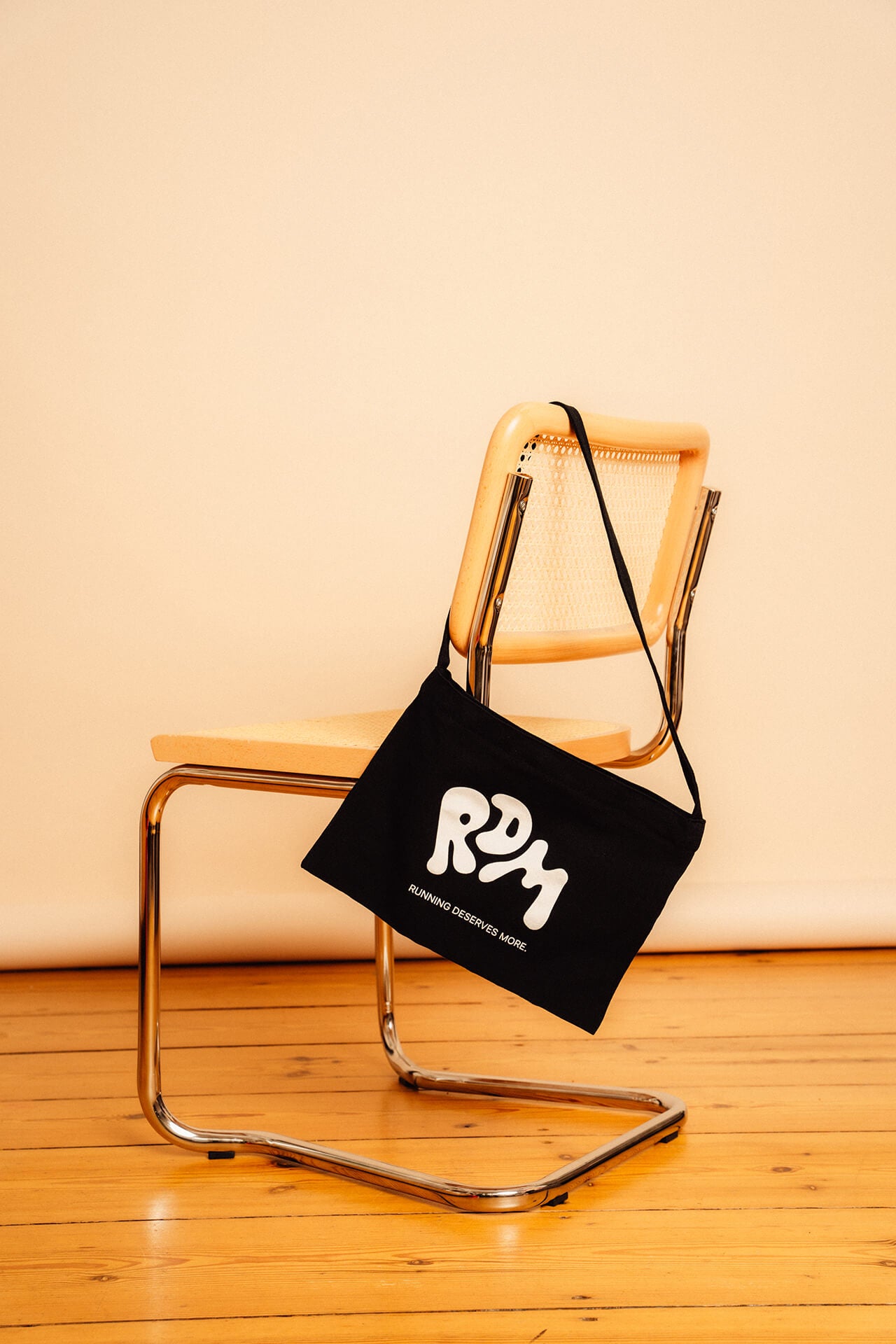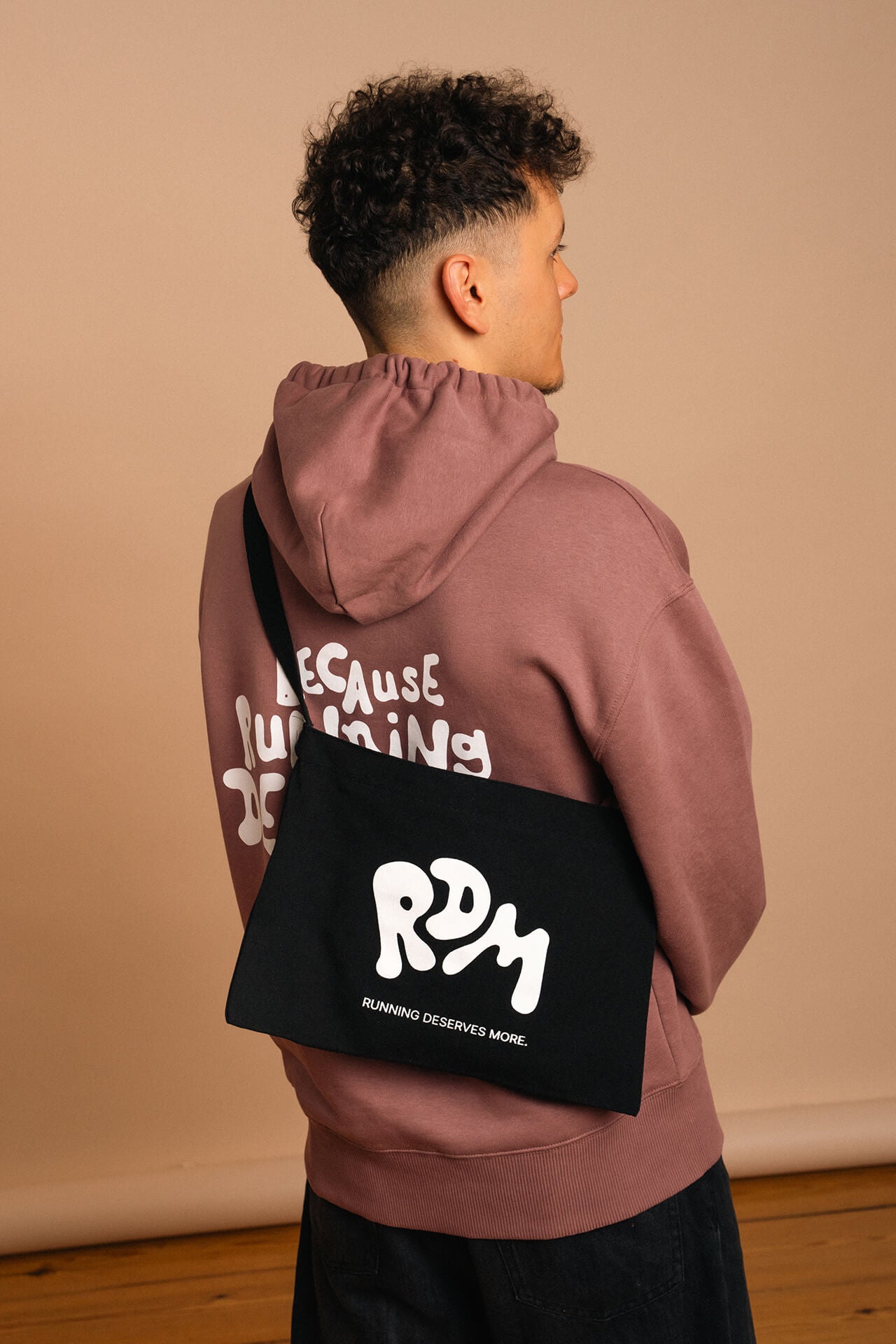
Creators in progress: Pierce Townsend
Pierce Townsend is not just a photographer; he's a visual storyteller who brings a fresh perspective to sports and running photography. At a young age, he's already making waves in the industry.
Words: Sven Rudolph
Photos: Pierce Townsend

Editor's note: In our latest “Creators in Running” series, we spotlight the stories and creativity of talented people who are capturing the essence of running and helping to transform the sport. The series aims to showcase the intersection of art and the running community, as well as inspire and help new content creators get out there.
“I think that all young photographers should have a mentor.”
- Pierce Townsend
Pierce Townsend is a talented photographer from Austin, Texas, whose passion for capturing motion and emotion through his lens is already helping to change the world of sports and running photography. He's proving that passion, creativity, and a willingness to explore are key to capturing the world in new and exciting ways. In an inspiring interview with us, he talks about his thoughts on photography, the importance of mentors and provides insights into his journey so far.

más: Can you tell us a bit about yourself and how you got started in photography?
Pierce: Yeah! I’m a 19-year-old photographer based in Austin, Texas. I was born and raised right outside of the city and have been here the majority of my life. I was never in a photography class, but my high school experience ultimately led me to pick up the camera. It all started when my friend, Luke, invited me to join the school’s audio and visual club. I spent a couple years filming for the stadium Jumbotron and live broadcast that we had for our football team. My mom noticed that I was loving the sideline experience, so for Christmas of my Junior year, she gifted me a camera.
I hadn’t really messed around with it as we were in the midst of a pandemic; however, that following February, Trials of Miles came to Austin to hold an OTQ track meet called the Texas Qualifier. There weren’t any spectators allowed, but a few teammates of mine came together to find the track it was being held at. We piled into our cars that night, and I remember shooting over the fence, taking two portraits of Craig Engels and Clayton Young, that ignited my passion for photography.

Finding New Perspectives
The photo that made the difference for me was of Karissa Schweizer at the 2022 World Championships in Eugene, Oregon. The photograph had nothing to do with how she placed or what the outcome of the race was. It was her tall presence amongst a circle of exhausted runners that caught my eye. With the new Hayward Stadium having a second level of seating, it provided me with a new way of looking at the race from above. Putting that photo out was the first time people really started to take notice of my work, and it felt like I had given back to the sport in some way. That’s the goal as long as I’m in running; to give back to what started my career, through my lens.
Your approach to capturing sporting events is quite unique. Can you share more about your philosophy and style?
I definitely approach my photography more as an art form rather than a way to document. Focusing on a moment rather than what is apparent. When photographing sporting events, that doesn’t always include the winning time; maybe not even an athlete’s face. I think what makes a photograph exceptional is that you can’t decipher “this or that” from it. An exceptional photograph will lack sufficient context, thereby pulling an audience in to analyse it over and over again as to how or why it was made. This doesn’t mean that photographs that aren’t in line with this train of thought are bad. They can be great; in fact, a lot of commercial work falls into this category. For my personal work, however, I use this definition as a way to refine my style and put out a body of work that I take pride in.

Capturing the Heart of Running at the Penn Relays
This photograph is from the Penn Relays in 2022. It was the first time I really worked with an Art Director and a Creative Lead. I remember taking north of 7,000 photos and having to narrow it down to fifty. That process taught me a lot about editing and being able to find the images that hold water. When I went through the album, I was like, these are career-changing. I was in love with them. I definitely attribute that to the trust and push from the good people at On. Back to the photograph; this was a unique moment that happened after a Men’s Masters race. While a lot of my work highlights the raw, emotional side of running — the sweat, the tears, the grit — there are hints of light that truly resonate with me. One of my favourite aspects about our sport is community, which I feel this photograph represents well.
What equipment do you always carry with you?
I use a Sony camera body complimented by a 24-70mm lens as well as a 70-200mm lens. Recently, I’ve taken an interest in artificial light. Using a speedlight or off-camera strobe helps to achieve a specific look, especially if natural light is not positively adding to an image. I also experiment with filters that can help to create a dynamic feel.
What motivates you to innovate and experiment in your photography?
When I first started, I put myself in the same category as photographers with decades of experience, in hopes that it would light a fire under my seat to catch up and close the gap with them. This naive way of thinking lacked respect for the experience needed to be amongst photography greats. While it grew me in a variety of areas, this also left me isolated as an individual and created learning gaps that I would later have to resolve. Over time, I’ve matured as a person and altered my mindset from a place of competition to now one of collaboration. The saying that collaboration happens at the top is a real thing.
Today, I think of the aforementioned greats as inspiration and their expertise as building blocks to my own way of viewing the world. I think there is a lot of value in learning about or knowing who you are; there is only and there will never be another one of you. Photography is an extension of the individual, and as we grow as people, other areas in our lives follow suit. It becomes a lot easier to figure this out as we surround ourselves with others. What a beautiful world we live in where inspiration and collaboration can help to find the unique voice that lives inside us all.

Embracing the Elements: Crafting Unique Visions
This project with Melvin Echard marked a significant time where I began to experiment a bit more with my style. The weather forecasted blue skies and warm temperatures, but we arrived to the complete opposite: fog, rain, and low visibility. Conditions that we clearly weren’t comfortable with. We took on the challenge, and I tried every trick I knew, until we landed on a style of shooting that blew me away. These photos stood out to me because they showed running in a new light, purely in-camera, without any digital manipulation. They captured what I had been looking for since internalising photography as a pursuit of my personal identity. I realised the formula was simple; try new things, embrace the uncomfortable, and fail until you like what you see.
What advice would you give to young photographers starting their journey?
With the ease of access and promotion as well as an ocean of resources to go through, I believe there’s no better time in history for a younger person to get into photography than now. My number one piece of advice is to find a mentor and hold on to them for dear life. It’s a game-changer to have somebody in your corner that compresses the learning curve, helps you navigate the industry’s challenges, and provides a different perspective on your work. I’ve been grateful enough to hold on to photographers like Joe Hale, Brenden Clarke, and Aisha McAdams, all of whom have propelled me in more ways than I could’ve imagined. I owe a lot to those around me.
Another accelerating force is the belief that, in some cases, opportunity is worth more than monetary gain. In my experience, every project that I’ve poured myself into, without guaranteed success on the backend, has paid off tenfold. Drop the ego, help others, and you’ll end up helping yourself. Lastly, be careful not to lose yourself by making your work your entire life. Photography is an exciting career path. The dopamine highs seem to be higher than anything else. It’s no surprise that we get caught up in the chase; however, no hit of dopamine is worth the loss of friends, the panic attack, or the burnout. Take care of yourself. Longevity is an important aspect in having a successful career.
What's next for you? Can you share any upcoming projects or goals?
Outside of personal projects and commissions, I’m looking for opportunities to assist photographers who are more knowledgeable than myself. There is so much to learn out there from folks with decades of experience. Soaking up as much as possible in a creative hub like Los Angeles, New York, or London, would be quite fun. I’d of course bring it back to the city of Austin to teach others.
Besides that, I’m looking forward to The Speed Project in March. It is a roughly 300-mile race where runners can compete in solo or team divisions. I have wanted to photograph TSP ever since I saw Brenden’s work with David Kilgore, who broke the solo time record that year. It’s going to be a great opportunity to explore and push the boundaries of my creativity. I’m really stoked.
Pierce, thanks for the conversation!


